The first location in Italian-speaking Switzerland and the first on a small area – which was the greater challenge?
Christoph Theler: That's a difficult question, because there are in fact two challenges of a different nature. The first is to tap into a new part of the country, with a new culture, a new customer journey, and new needs. The language is a challenge. We are now trilingual.
Only Romansh is still missing.
Yes, even the three languages are a challenge for any system. You have to maintain everything in three languages for just one country. In Germany or the Netherlands or Sweden, you only ever have one language.
And here, it's only for a small unit.
Exactly. But we want to grow in Switzerland. We would like to have a nationwide presence. That means: small area, big challenge, because so far, at Bauhaus in Switzerland, we only have specialist centers ranging in size from 11,000 to 15,000 m². Getting the most out of these 15,000 m², adapted to the needs here in Ticino, was a real challenge.
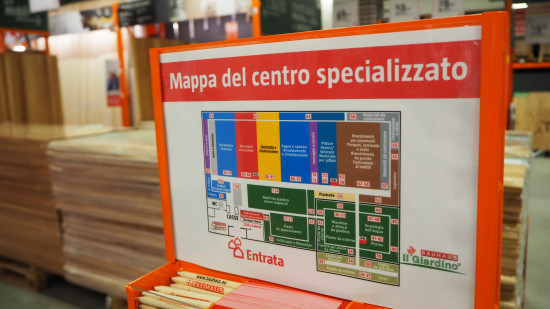
Where was it most difficult to cut back on the product range?
The hardest thing was to imagine what customers in this region need. In other words, to decide between the readily available product range and products for larger projects that can be supplemented with orders from the online shop. Our purchasing team, led by Simone Gössling, naturally approached this in a fact-based manner. The Lorenz curve also applies to the DIY sector: with 30,000 products, you probably generate 80 or 85 percent of your sales. But it is often the niche product ranges that make you interesting to customers and set you apart from the competition.
Bauhaus has implemented a small concept in Losone that differs quite significantly from other typical Bauhaus locations. Will this be a blueprint for other specialist centers in Switzerland?
I can well imagine that. We have not only created our own small-space concept here, but my aim is to move very strongly towards standardization. For example, if we have implemented one meter of irrigation here, then this meter forms the basic module A. Each larger format will have a module B, which is based on A but then has additional products, and finally there is a module C, where we go even further in terms of breadth and depth. This logic of ABC modulation was important to us.
We always ask ourselves: What is actually the core of a product range…

 Menü
Menü




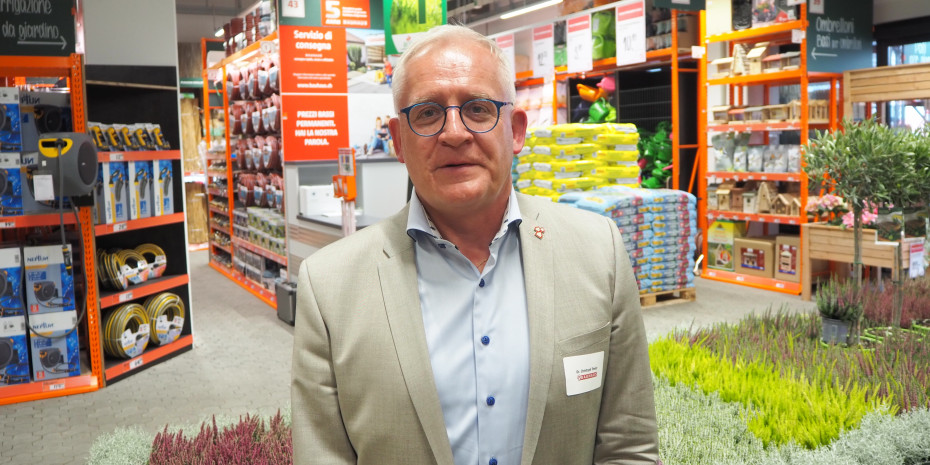


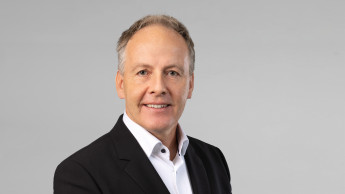
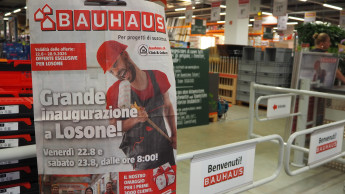
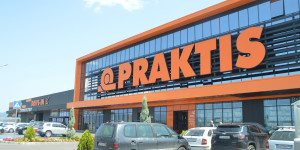


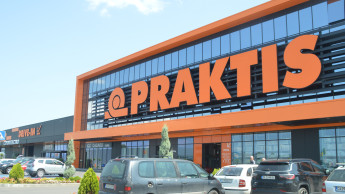
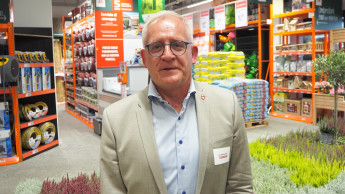
 Newsletter
Newsletter